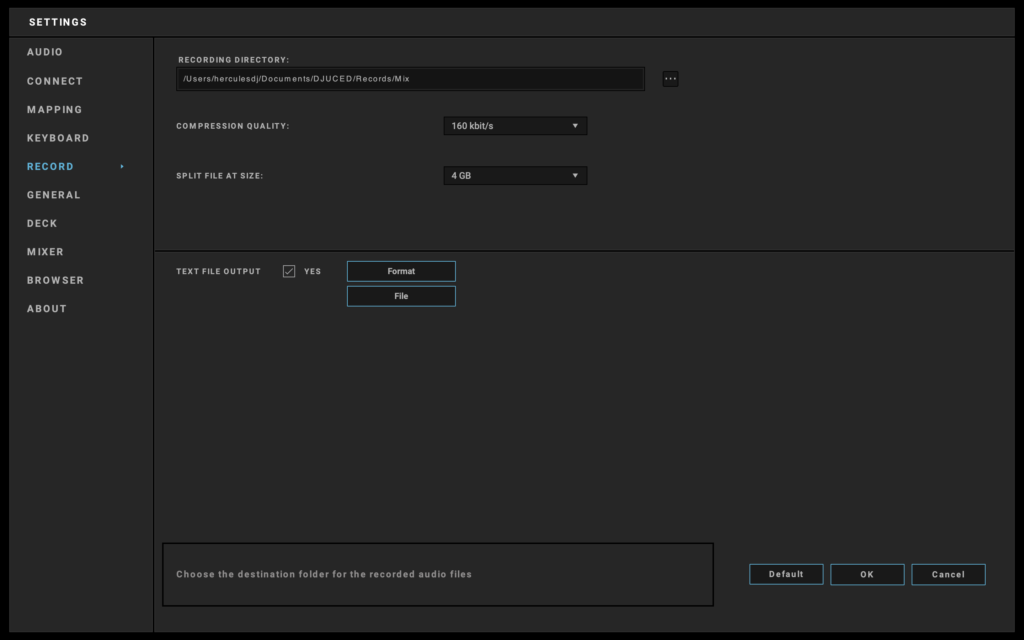

When you listen to a track you’ll hear the beats built on a 4/4 rhythm.
HOW TO RECORD LONGER ON DJ MIX PADS 2 HOW TO
This is just as important as beatmatching when learning how to mix. Knowing where to drop the first beat of the second track is done by counting beats. Getting the Perfect DJ Mix: How to Count Beats Some bars use old or cheap equipment and some of this gear may not have sync options, so you will need to be able to beatmatch your tracks manually. If you’re goal is to play at bars and clubs you will be using unfamiliar equipment. You should also look ahead to where you want to be in the future.
HOW TO RECORD LONGER ON DJ MIX PADS 2 MANUAL
This is why it’s good to learn manual beatmatching by ear, and don’t become dependent on these functions. But it will be hit or miss with certain genres of music like drum and bass.

The sync and quantize buttons are pretty good and work most of the time. This is the best way of keeping the mix on point for as long as you like without having to adjust the beat. If you have the quantize option this will snap your beats together and keep them aligned. One way you can doublecheck if you have the beats lined up properly is by looking at the parallel waveforms on the screen. This allows you to get the correct beats lined up. There is also a nudge function that allows you to move each track forwards or backwards slightly. Remember though, that even the sync button isn’t always perfect and tracks may still need some adjustment. This function changes the speed of the selected track to get them both playing at exactly the same BPM and ready to mix. Work out which way it will need nudging before starting the mix and as you progress you’ll be able to gently nudge the beat before it actually drops out.įor those using DJ software, beatmatching can be done using the sync button.

Working out whether you need to slow the record down or speed it up will seem tricky to start with. You will have to work to get the two records playing in time with each-other by moving the pitch control on the deck up or down. This is known as headphone cueing which basically means you’re getting the next track ready for mixing. They’re listening to one beat through their headphones while trying to match it up with the existing beat. This is why you’ll see DJ’s with one headphone on and another off. So any changes you make to the channels that aren’t playing out loud will only be heard by yourself through the headphones. The purpose of the headphones is to let you as the DJ work in private without interfering with the master output.


 0 kommentar(er)
0 kommentar(er)
